Foil Resistance Strain Gauge Sensor – Precision Load & Pressure Measurement
The Strain Gauge Foil Resistance Sensor is a high-accuracy device designed to measure mechanical deformation, load, or pressure by detecting tiny changes in resistance. Utilizing foil strain gauge technology, it converts applied force or stress into an electrical signal proportional to the strain.
This sensor is widely used in load cells, torque measurement systems, pressure transducers, structural testing, robotics, and laboratory experiments, providing reliable and repeatable measurements in both static and dynamic applications. Its compact foil design allows integration into tight spaces and ensures minimal interference with the mechanical system being tested.
🔧 Technical Specifications
-
Sensor Type: Foil Resistance Strain Gauge
-
Measuring Principle: Change in resistance proportional to strain
-
Excitation Voltage: 5–10 V DC (typical, depends on Wheatstone bridge circuit)
-
Gauge Factor: ~2.0 (depends on model)
-
Resistance: Typically 120–350 Ω (check specific model)
-
Accuracy: High-precision strain measurement with minimal hysteresis
-
Applications: Load cells, torque sensors, pressure sensors, structural analysis, robotics
🛠 Applications & Uses
-
Industrial Load Cells & Scales — Converts force or weight into measurable electrical signals.
-
Torque & Pressure Measurement — Detect stress in shafts, machinery, or fluid systems.
-
Structural Health Monitoring — Monitor strain in bridges, machines, or test structures.
-
Robotics & Automation — Force sensing for grippers, manipulators, or adaptive systems.
-
Laboratory & R&D — Precise load/strain testing in experiments and prototyping.
-
DIY Electronics & Arduino Projects — Connect with Arduino (https://electroway.org/product-category/arduino-and-accessories/arduino-boards/) or NodeMcu (https://electroway.org/product-category/iot-and-smart-solutions/iot-modules/nodemcu/) for custom load-sensing projects.
⚠ Precautions & Best Practices
-
Avoid mechanical overload to prevent permanent sensor deformation.
-
Ensure correct wiring and stable excitation voltage for accurate readings.
-
Mount carefully to prevent bending, twisting, or torsion that can distort measurements.
-
Use protective coatings or enclosures in harsh environments to prevent moisture or corrosion.
-
Calibrate regularly for critical measurement applications.
🔗 Internal Links
-
Electronics Components — https://electroway.org/product-category/electronics-components/
-
Arduino & Accessories — https://electroway.org/product-category/arduino-and-accessories/
-
Tools & Accessories — https://electroway.org/product-category/tools-and-accessories/
🎥 YouTube Tutorial / Setup Guide
Watch Video:https://www.youtube.com/shorts/oL6homuY_Ag
4. Product Summary
The Foil Resistance Strain Gauge Sensor is a high-precision device that converts mechanical strain into electrical signals. Ideal for load cells, pressure measurement, torque sensing, robotics, R&D, and DIY electronics, it provides reliable, repeatable, and accurate readings. Compatible with Arduino, NodeMcu, and other microcontrollers for custom automation projects.




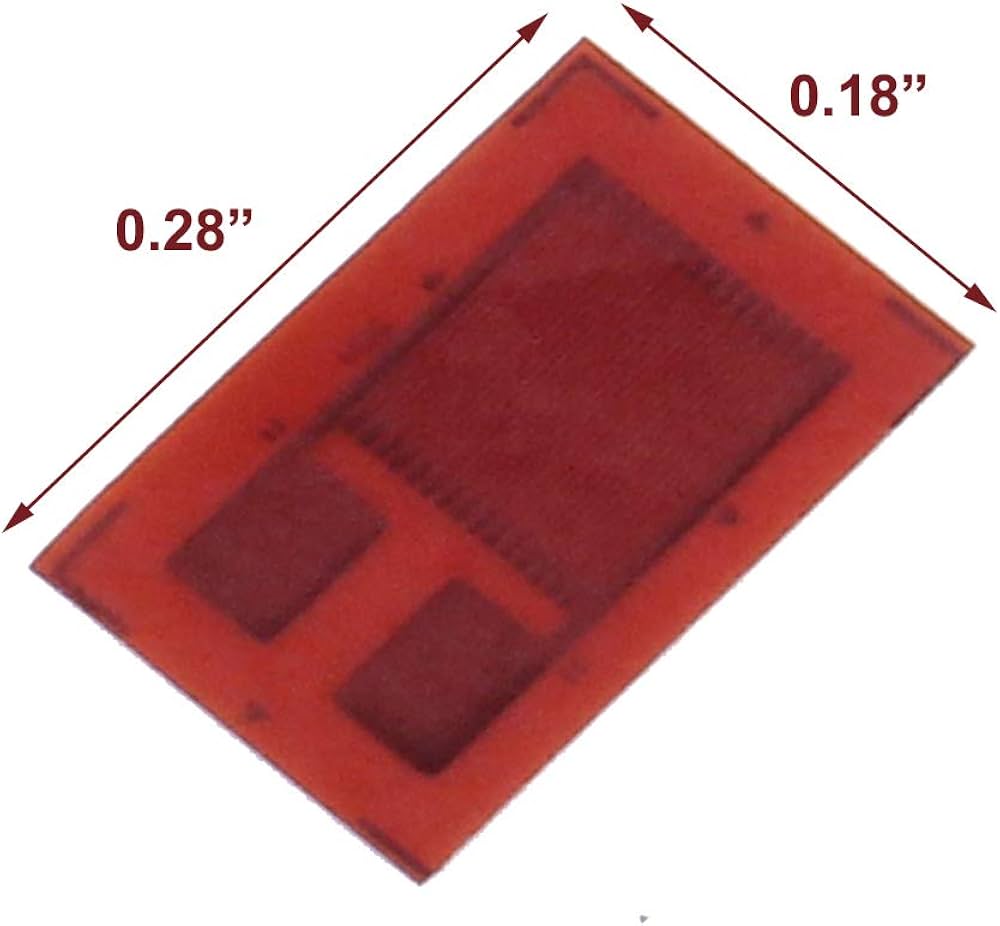
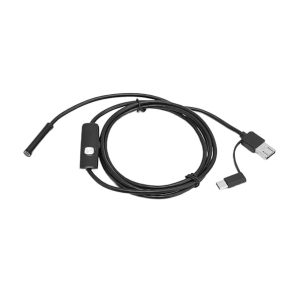
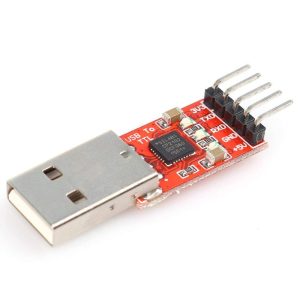

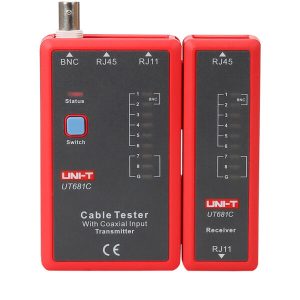
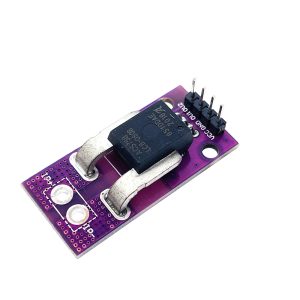
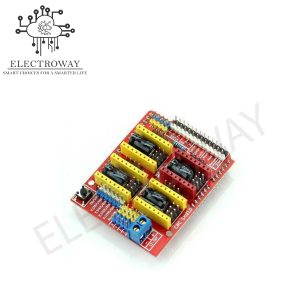

Reviews
There are no reviews yet.